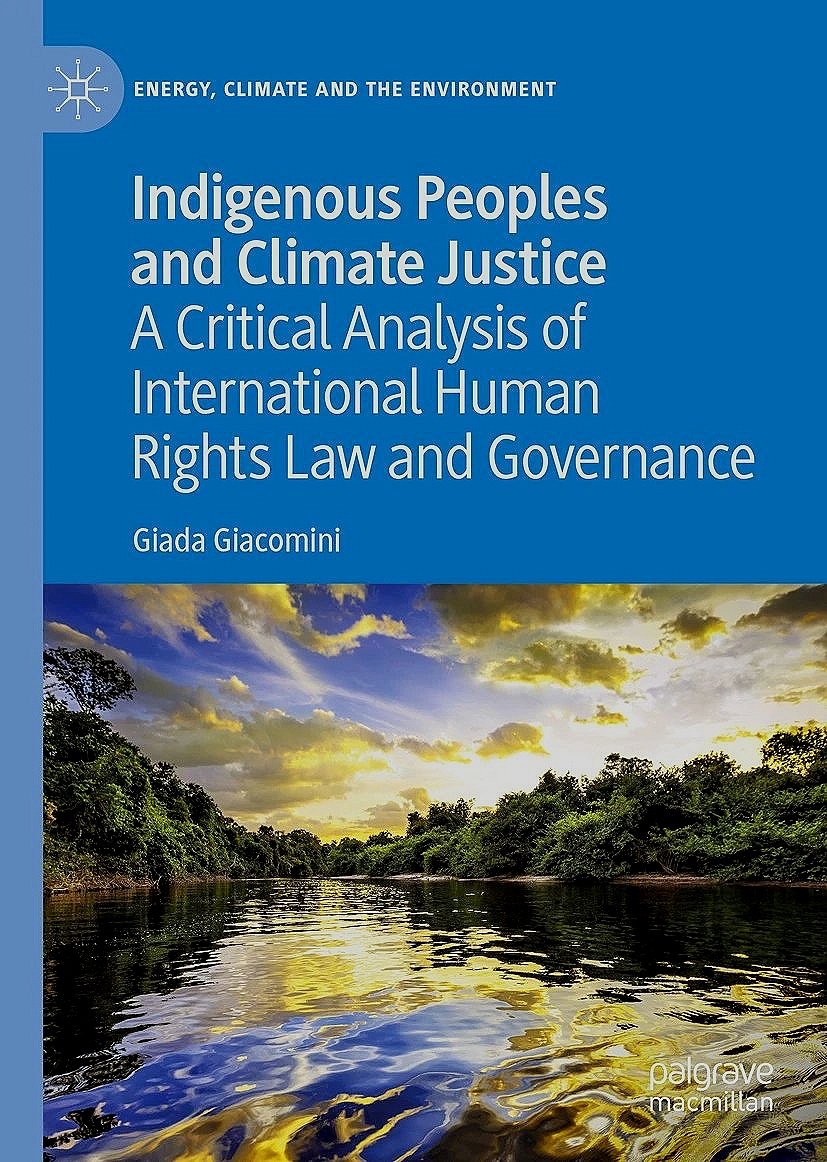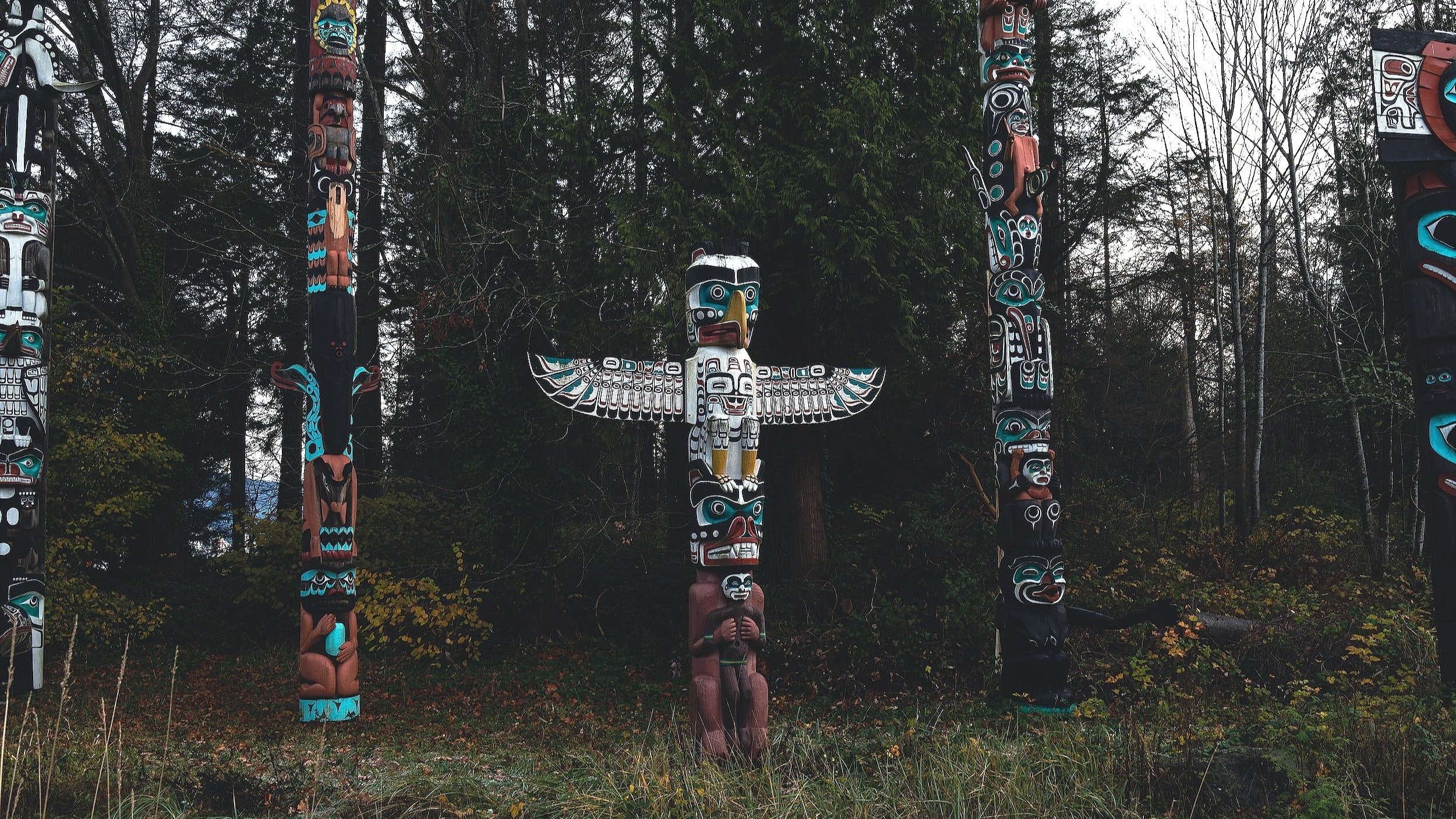Indigenous peoples, climate justice and human rights
By Giada Giacomini
Indigenous Peoples and Climate Justice was conceived and written with a broad public in mind: scholars, practitioners, and people concerned with the rights of Indigenous peoples, of climate change and of issues of justice. The book critically interprets international human rights law for the protection of Indigenous peoples’ rights in the context of climate change and argues that the concept of climate justice provides a crucial framework to interpret the current struggles of Indigenous peoples vis-à-vis climate change law and policy.
Climate justice in question
Climate justice addresses past issues of colonization and present issues of coloniality. Coloniality explains the continuing legacy of colonialism into the present day. In climate governance, this relates to issues of vulnerability, distribution of climate change impacts, and exclusion from climate change governance. However, the main idea the book wishes to convey revolves around the crucial role of Indigenous peoples’ knowledge in responding to climate change and to the broken relationship between humankind and the environment. This book comes in a timely manner where the World is set to hit dangerous tipping points in the Earth system; they demonstrate the need for a paradigm shift in climate governance.
Indigenous peoples are generally considered by international law and policy to be particularly vulnerable to the impacts of climate change and environmental degradation because of their distinctive relationship with their ancestral lands and territories. And, moreover, because they contribute the least to the greenhouse emissions that have ultimately caused climate change on our planet. Climate justice thus addresses the distribution of climate impacts, the recognition of social groups, participation in the law-making and governance of climate law, and access to justice.
Indigenous exclusion is inherent in the very structure of the contemporary human rights system. The quest for justice of Indigenous peoples requires a legally pluralistic society where Westernized legal systems take a step back in order to realize a paradigm shift in environmental law. In this shift, humankind would be conceptualized as an existential continuum with other natural elements.
The book begins with the theoretical underpinnings of the notion of climate justice, before presenting a case study of the Yanesha people of Peru. In 2018 I undertook fieldwork research in collaboration with Yanesha representatives around their experience of climate change impacts in their ancestral territories. The current situation of the Yanesha people shows that we need a critical approach to the conceptualization of the “vulnerability” of Indigenous peoples to climate change; their ancestral forests can be seen as a sacred landscape, or as a resource to be exploited and made productive by outsiders.
Indigenous peoples and international human rights law
Given this premise, the book critically analyses perhaps the most relevant instrument for the protection of people’s interests against environmental degradation: international human rights law and governance and its translation into practice.
The law is analysed here through the lens of critical legal studies and climate justice, with the objective to deconstruct the principles and systems of power that have historically shaped international human rights law. While international law at present recognizes the rights of Indigenous peoples in a multitude of legal instruments (not only the United Nations Declaration on the Rights of Indigenous peoples, but also the Convention on Biological Diversity and the Nagoya Protocol on Access and Benefit Sharing), core problems remain in the practical application of such instruments, and gross human rights violations still occur.
In the book I demonstrate the existing gaps in international law and practice aimed at the protection of Indigenous peoples’ rights when it comes to climate change governance. The climate justice perspective is useful in this sense because it highlights current issues in relation to Indigenous participation in environmental law-making, issues that are also connected to the lack of acceptance of Indigenous knowledge alongside Western knowledge.
These problematics are inherent in the very structure of the contemporary human rights system. The quest for justice of Indigenous peoples is, instead, ongoing, and requires the realization of a legally pluralistic society where Westernized legal systems take a step back in order to realize a paradigm shift in environmental law. In this shift, humankind would be conceptualized as an existential continuum with other natural elements.
Making climate and Indigenous justice
Beyond legal theory, there are several more practical instances that could lead to the realization of climate justice for Indigenous peoples. Participatory right and participatory governance – and the legal basis for them provided by international human rights law – concur with this objective. For example, the right to consultation and to Free, Prior and Informed Consent of Indigenous peoples applies also in the realization of climate change adaptation and mitigation projects in Indigenous lands and territories.
Rights of Nature and Indigenous cosmovisions represent a way to reconsider our relationship with other sentient and non-sentient beings. Such an approach might be relevant to climate change law.
A further crucial aspect of climate justice lies in access to courts and litigation. Human rights-based climate litigation is indeed one of the most efficient ways to obtain redress from environmental harms. Indigenous peoples are increasingly utilizing such approaches to obtain redress from climate-related harm to their human rights, as demonstrated by cases brought before the Interamerican Commission on Human Rights (the Inuit case and the Athabaskan case). Recently, a human rights-based case has been decided regarding the Torres Strait people’s suit against Australia. The Human Rights Committee of the United Nations found that Australia’s failure to adequately protect indigenous Torres Islanders against adverse impacts of climate change violated their rights to enjoy their culture and be free from arbitrary interference with their private life, family and home.
Finally, in a climate justice perspective, I consider the need to move beyond human rights to the rights of other-than-human beings. Rights of Nature and Indigenous cosmovision represent a way to reconsider our relationship with other sentient and non-sentient beings. Such an approach might be relevant to climate change law in order to understand and consider how other-than-human-beings are also affected by pollution, natural resources exploitation, and other negative environmental impacts.
Thus, Indigenous Peoples and Climate Justice represents a starting point, a way to foster a decolonial legal approach to human rights-based approaches to climate change in light of the current struggles of Indigenous peoples to achieve climate justice. Decolonial environmental approaches foster ethical considerations of the relationship between humankind and Nature, constituting the constraints within which human actions are inscribed in order to prevent undiscriminated use of nature through extractive and colonizing practices.
Giada Giacomini is a Max Weber Fellow at the European University Institute in Florence, Italy. Her research areas concern Indigenous knowledge, environmental conservation and Rights of Nature.
This article is original content published under a Creative Commons license CC BY-NC-ND 4.0.

